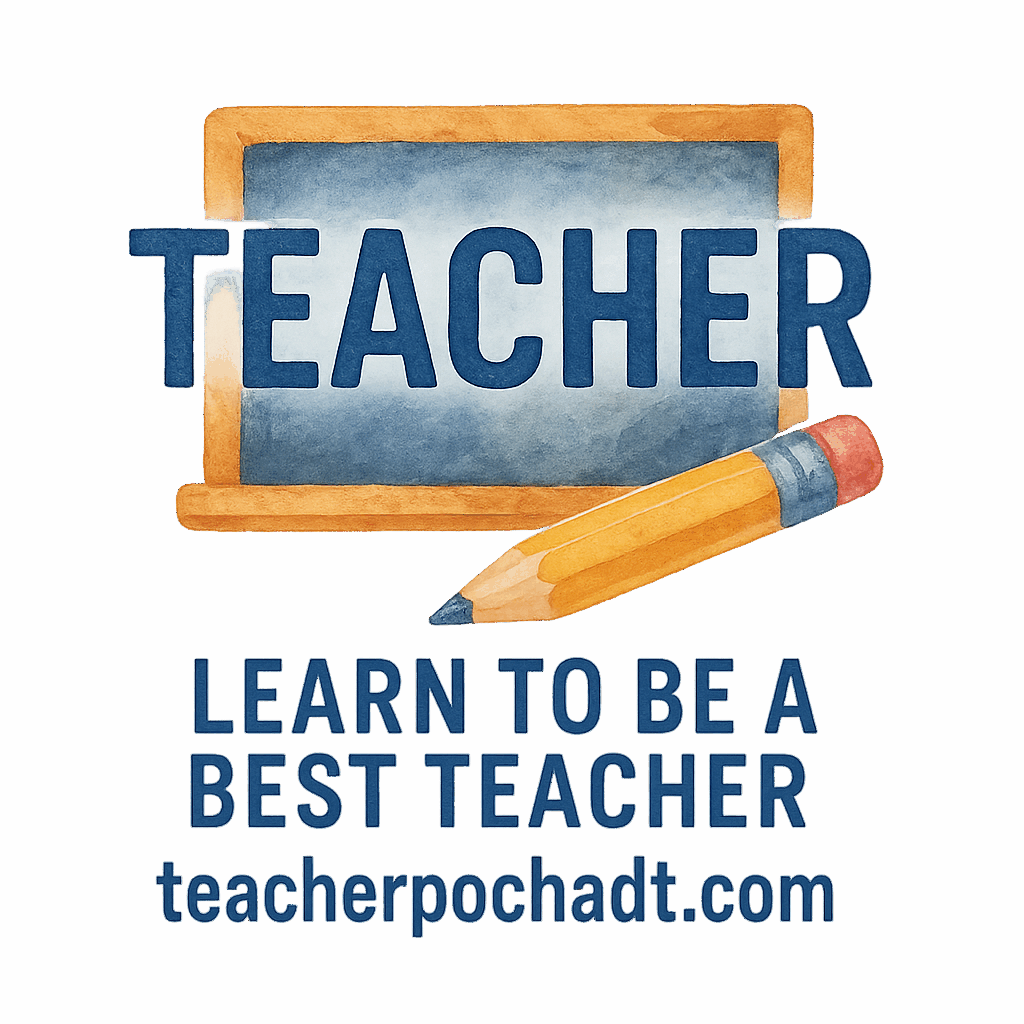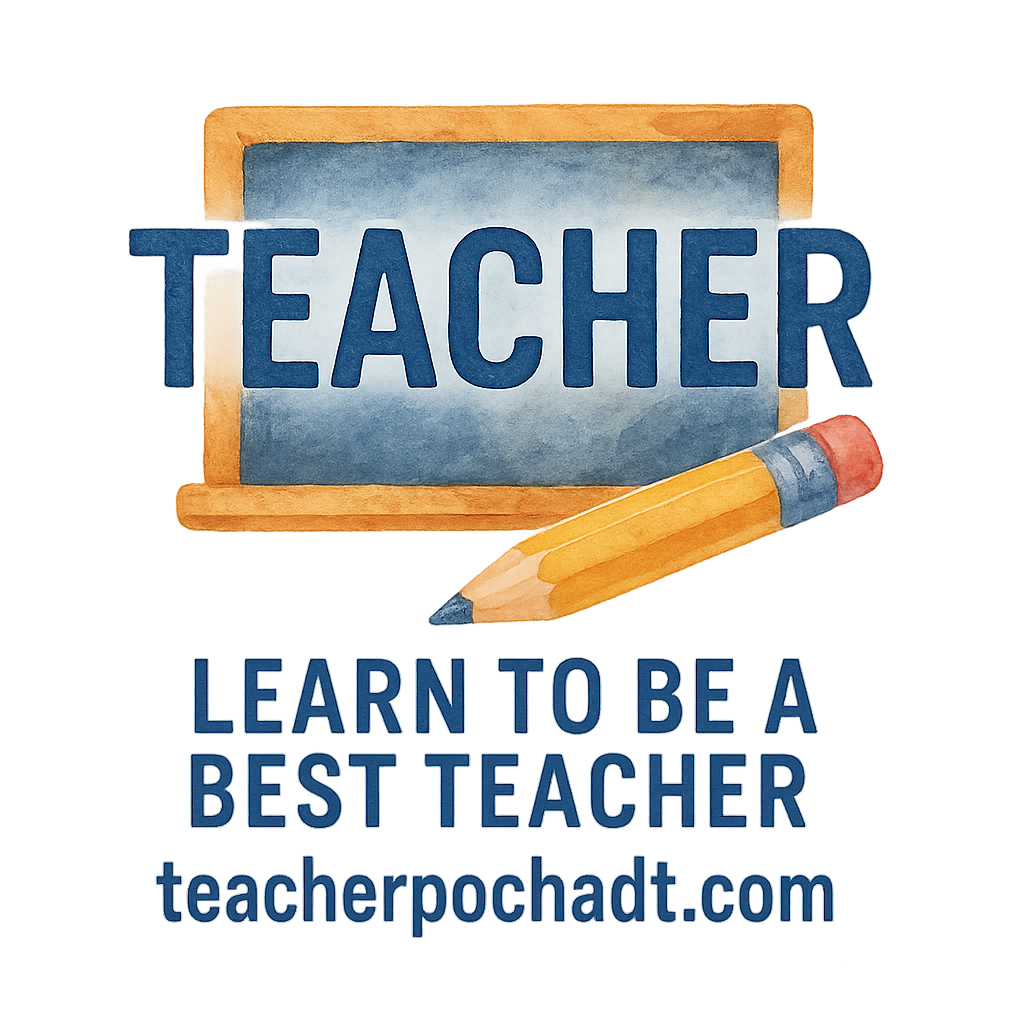The Need for Innovative Teaching in 2025
The landscape of education is evolving at an astonishing pace, and teaching methods must adapt accordingly. In 2025, educators face the unique challenge of engaging students who are digital natives and preparing them for an unpredictable future. The traditional methods of teaching, primarily rooted in textbooks and lectures, are no longer sufficient. To stay ahead, teachers must employ innovative techniques that foster deep learning, creativity, and critical thinking. But why is innovation so crucial in today’s classrooms?
Challenges Facing Educators Today
Teachers today juggle a variety of challenges, from managing diverse classrooms and integrating technology to addressing varied learning needs. The addition of remote learning, digital tools, and a more globalized curriculum further complicates the task. But how can teachers manage all these factors effectively? Innovative techniques offer solutions to these challenges, making education more engaging and personalized.
Why Innovation is Key to Student Success
Innovation is about more than just using new gadgets or fancy tools. It’s about creating a learning environment that empowers students to take charge of their own education. When teachers embrace modern teaching strategies, they create personalized learning experiences that encourage students to be curious, independent, and critical thinkers.
1. Personalized Learning with AI Tools
Personalized learning ensures that every student receives a tailored educational experience. With artificial intelligence (AI), teachers can provide individualized lesson plans that adapt to each student’s progress.
The Role of AI in Education
AI is transforming how teachers assess and support their students. Tools powered by AI can track a student’s learning patterns, identify areas for improvement, and suggest resources tailored to their needs. The use of AI-powered learning platforms like DreamBox or Squirrel AI enables teachers to focus on what works best for each student, making personalized learning not just a possibility but a reality.
Real-World Examples
AI tools are already being used in classrooms to great effect. For example, the platform DreamBox automatically adjusts lessons based on how well a student is doing, allowing for a customized experience. Similarly, AI-based systems can help teachers understand student behavior and learning needs, making the classroom more efficient and student-centered.
2. Gamification to Enhance Engagement
What’s better than a classroom full of engaged students? Gamification is one of the most effective ways to keep students motivated and focused. By incorporating elements of game design—such as points, badges, and levels—into lessons, teachers can turn learning into an exciting challenge.
Benefits of Gamification in the Classroom
Gamification in education has been shown to improve student engagement, retention, and participation. A study conducted in 2023 showed that classrooms that used gamified strategies saw an increase in student involvement by up to 40%. Fun teaching and interactive games can make any subject, from math to history, more engaging and enjoyable.
Success Stories in Gamification
Schools across the globe have embraced gamification with impressive results. In one district in California, students used a gamified learning app to improve their reading and math skills. Teachers reported a noticeable improvement in both participation and academic performance, demonstrating the power of this innovative approach.
3. Virtual and Augmented Reality for Immersive Learning
Imagine a history lesson where students can take a virtual field trip to ancient Rome or explore the solar system using augmented reality (AR). VR and AR are revolutionizing the way students interact with course content, offering immersive experiences that traditional teaching methods cannot match.
How AR and VR are Reshaping Education
VR and AR allow students to interact with subjects in real-time, from exploring the human body in 3D to experiencing historical events firsthand. These technologies foster deeper learning by providing a hands-on, visual experience that engages all senses.
AR/VR in the Classroom: Benefits and Drawbacks
Although AR and VR offer immense potential, there are some challenges. The cost of equipment and the need for teacher training can be barriers to implementation. However, when used correctly, these technologies can vastly improve classroom culture and engagement.
4. Collaborative Learning Through Technology
Collaboration is a critical skill in today’s world, and technology can make it easier than ever for students to work together. Tools like Google Classroom, Edmodo, and Zoom allow for seamless collaboration, even if students are physically distant.
Tools for Effective Collaboration
Online platforms encourage students to communicate, share resources, and work together on projects. By promoting student engagement through these tools, educators create an environment where teamwork and problem-solving thrive. Classroom management is also simplified, as teachers can monitor and guide the group’s progress.
Benefits of Collaboration in Education
Collaborative learning fosters important life skills such as communication, teamwork, and leadership. It also encourages creativity, as students come together to brainstorm and solve problems. When technology is integrated into this process, collaboration becomes even more effective.
5. The Flipped Classroom Model
The flipped classroom model is changing the way we think about learning. In this model, students learn new content at home through videos and readings, while class time is reserved for activities, discussions, and problem-solving.
How Flipped Classrooms Work
With the flipped classroom approach, students can absorb new information at their own pace. Instead of passively listening to lectures, they engage with the material through videos, readings, and interactive assignments. In class, teachers facilitate deeper learning by leading discussions, guiding group work, and answering questions.
Results and Effectiveness
Studies show that the flipped classroom model leads to higher levels of student engagement and improved academic performance. Students are more likely to ask questions and seek help during class, which increases retention and understanding. Additionally, this model frees up time for class activities that enhance learning.

6. Social-Emotional Learning (SEL) Integration
With rising concerns about mental health and emotional well-being, integrating Social-Emotional Learning (SEL) into the classroom is more important than ever. SEL focuses on helping students manage their emotions, develop empathy, and build positive relationships.
Why SEL Matters in 2025
By teaching students how to understand and regulate their emotions, SEL programs help them cope with stress, resolve conflicts, and develop better interpersonal skills. These programs also have a positive impact on academic performance, as emotionally healthy students are more likely to succeed in school.
How SEL Improves Student Well-Being
SEL is integrated into lessons, discussions, and activities. Programs like student connection initiatives and mindfulness practices can make a big difference in how students approach both their studies and their personal lives. Teachers can help students develop these skills through simple, yet impactful activities.
7. Real-Time Data Analysis for Effective Teaching
In today’s data-driven world, real-time data analysis is a powerful tool for improving teaching. With the help of learning management systems (LMS) and digital tools, teachers can track student progress and make instant adjustments to their teaching methods.
Collecting and Using Data in the Classroom
By collecting data on student performance, teachers can identify learning gaps and adjust their lessons accordingly. Real-time analytics help educators understand how well students are grasping concepts and provide immediate feedback to improve learning outcomes. Teaching skills can be enhanced with actionable data-driven insights.
Examples of Data-Driven Classrooms
Schools using real-time data analysis have seen an increase in student engagement and performance. For example, some schools use digital tools to monitor student progress throughout the year, adjusting the curriculum as needed to ensure that all students succeed.
8. Microlearning for Efficient Skill Development
Microlearning is a teaching strategy that involves delivering content in short, focused bursts. Instead of lengthy lectures or lessons, students receive small, digestible chunks of information that are easier to absorb and retain.
What is Microlearning?
Microlearning breaks down complex subjects into bite-sized pieces that students can quickly learn and master. These lessons are short—usually ranging from 5 to 10 minutes—and often come in the form of videos, quizzes, or interactive activities.
Benefits of Microlearning in 2025
Microlearning allows students to learn efficiently, focusing on specific skills or concepts. This approach is especially useful for busy students who need to balance school with other responsibilities. It also fits perfectly into the teacher-tech ecosystem, making learning accessible anytime, anywhere.
9. Hybrid Learning: A Blend of In-Person and Online Education
Hybrid learning combines traditional in-person instruction with online education, offering students the best of both worlds.
The Benefits of Hybrid Learning
Hybrid learning provides flexibility, allowing students to engage with the material at their own pace while still benefiting from face-to-face instruction. It’s particularly useful for students who need additional support outside of regular class hours.
Making Hybrid Learning Work
Hybrid classrooms require a thoughtful balance between online and offline learning. Teachers can use classroom technology to provide engaging lessons and assignments that can be accessed both in class and remotely.
10. Teachers as Mentors and Coaches
In 2025, teachers are shifting from traditional lecturers to mentors and coaches. This shift helps build deeper relationships between students and teachers, allowing for more personalized guidance and support.
The Mentorship Model in 2025
Mentorship focuses on one-on-one interactions that help students develop both academically and personally. Instead of just delivering content, teachers guide students, provide feedback, and help them set goals for their future.
Benefits for Teachers and Students
By embracing the mentorship model, teachers can create more meaningful relationships with their students. This approach also benefits students, who gain confidence, clarity, and the skills necessary to thrive in their academic and personal lives.
Conclusion: The Future of Teaching in 2025
The future of education is exciting, with innovative teaching techniques that can significantly enhance learning experiences for both students and educators. By embracing technology and new methodologies, teachers can create an engaging and effective classroom environment that prepares students for the challenges of the future.
Final Thoughts
As we look toward 2025, it’s clear that the role of the teacher will continue to evolve. These 10 innovative techniques aren’t just about using new technology; they are about transforming the way we teach and learn. The future of teaching is bright, and it’s up to us to ensure that we continue to innovate for the benefit of every student.
FAQs
- What is personalized learning, and how does AI help?
Personalized learning tailors lessons to individual student needs, and AI platforms adjust in real-time to ensure effective learning for each student. - Can gamification be used in all subjects?
Yes! Whether teaching math, history, or science, gamification can make any subject more interactive and engaging. - What is the flipped classroom model?
In this model, students learn content outside of class, and class time is used for hands-on learning and discussion. - How does hybrid learning work?
Hybrid learning combines in-person lessons with online learning, offering a flexible learning experience. - Why is social-emotional learning important?
SEL helps students develop empathy, resilience, and communication skills, all of which are critical for their well-being and success. - What is microlearning?
Microlearning delivers short, focused lessons on a single topic, which increases retention and engagement. - How can real-time data improve teaching?
Real-time data allows teachers to adjust lessons based on individual student performance, improving engagement and outcomes.


